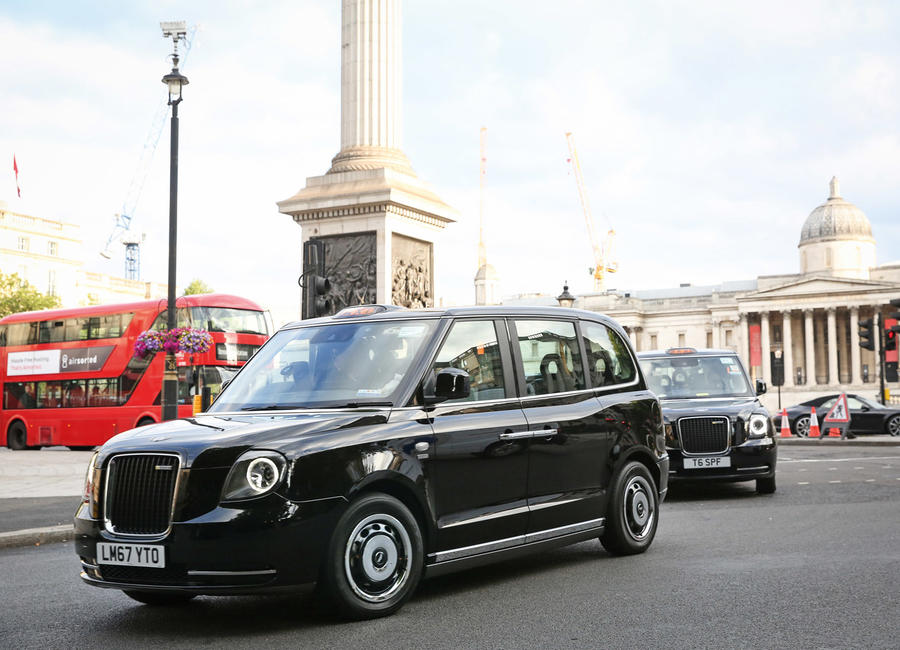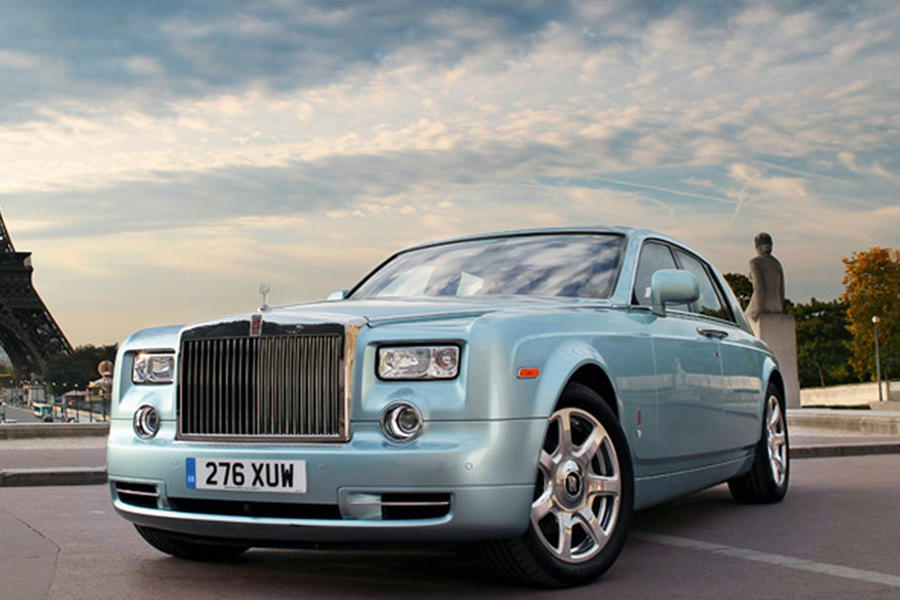Anyone who charges their phone in their car via a pad rather than a cable will know what a game-changer wireless electric vehicle charging will be. No plug, no cables, no interface.
The dream is for pads to be buried beneath where you park or just stop briefly: home, work, supermarkets, drive-throughs and even traffic lights.
“It has the potential to really make charging a non-event,” said Dr Neale Kinnear, head of behavioural science at the UK’s TRL research laboratory, which has overseen a range of EV charging trials.
Realisation of that dream is taking its time, however. The latest toe in the water is a government-backed trial, due to start in March, that involves laying five pads outside Nottingham railway station to wirelessly charge 10 electric taxis (five LEVC TX black cabs and five Nissan e-NV200s) with retrofitted compatibility. The cabbies don’t have to get out but just shuffle up the queue, continuing to charge at a rate of 11kW at the next pad along.

“If it works well and it’s reliable, it would obviously be a very simple way to avoid having to plug vehicles into charge points,” said Nottingham city councillor Sally Longford. “There would be less clutter on the street and it would be very convenient.”
Induction charging is fairly simple. An oscillating magnetic field in the charge pad is picked up at the same frequency in the vehicle receiver, and that starts the charging process. Those developing the technology, led by US-based Witricity, claim that it’s both as safe and almost as efficient as plugging in, even when the receiver is attached to a higher-riding SUV.
The Nottingham taxis will be converted by UK electronics specialist Sprint Power, using technology from Witricity. The company is looking to carve a retrofitting business out of it, largely aimed at electric taxis.













Join the debate
Add your comment
Efficiency is poor and electrical noise
As someone mentioned already the drop in charging efficiency and the radiated electrical noise will be so high as to be hazadous to human health, especially children, and it might interfere with general telecoms (aircraft TV radio) etc so perhaps somewhere in the future but not for now. The electrical coupling field falls off quite steeply with distance so high vehicles may need some sort of lowering or the charging pad to be lifted to optimise the coupling from pad to vehicle. Don't want this to be a negative comment so let's hope they've have resolved all the issues.
Petrol engines are far less efficient.
True.
Very true but generating electricity is not 100% efficient either, depending upon source between 30% and 40%. Then transmission losses and distribution another 10% off the top of that again.
With a mix of power sources where some are wind and solar I'd argue that electricity is cleaner. I would even argue that you could consider that type as being 100% efficient as there are no raw materials to burn. However, we do not rely upon these sources exclusively.
To get as much efficiency in our power generation as possible, including the transmission and distribution of it, to throw away so much at the end use is a bad idea. Especially when it is so easily avoided by just making a physical connection.
Efficiency & EMC problems
If they achieve 90% efficiency with what is in effect an air cored transformer, that is like throwing away 10% of the electricity used to charge the vehicle. Furthermore, if people worry about the magnetic fields generated by a few milliwatts of power from a mobile telephone, just wait until they catch onto the many kilowatts of field produced by these things. Then there is the radio interference they will generate, causing DAB, mobile telephone and wireless devices to go deaf.
A solution where there's next to no problem
We used to have petrol pump attendants to. Here's the disadvantages £2,700 extra, more weight, more complex, slower, expensive to install and who'd want to dig up their drive for several £'s when you can plug in at the expense of 20 secs twice a week. The ony real use I see is possibily buses maybe proper taxi's.